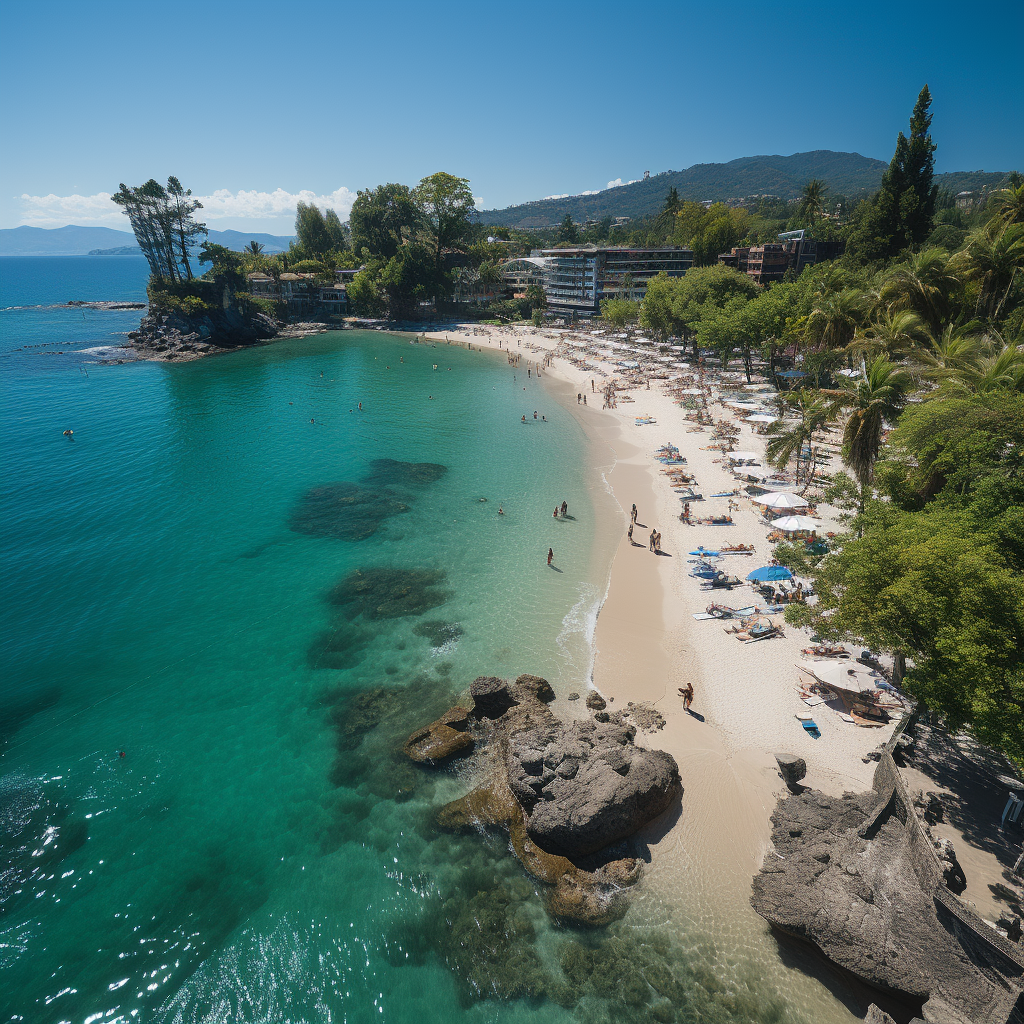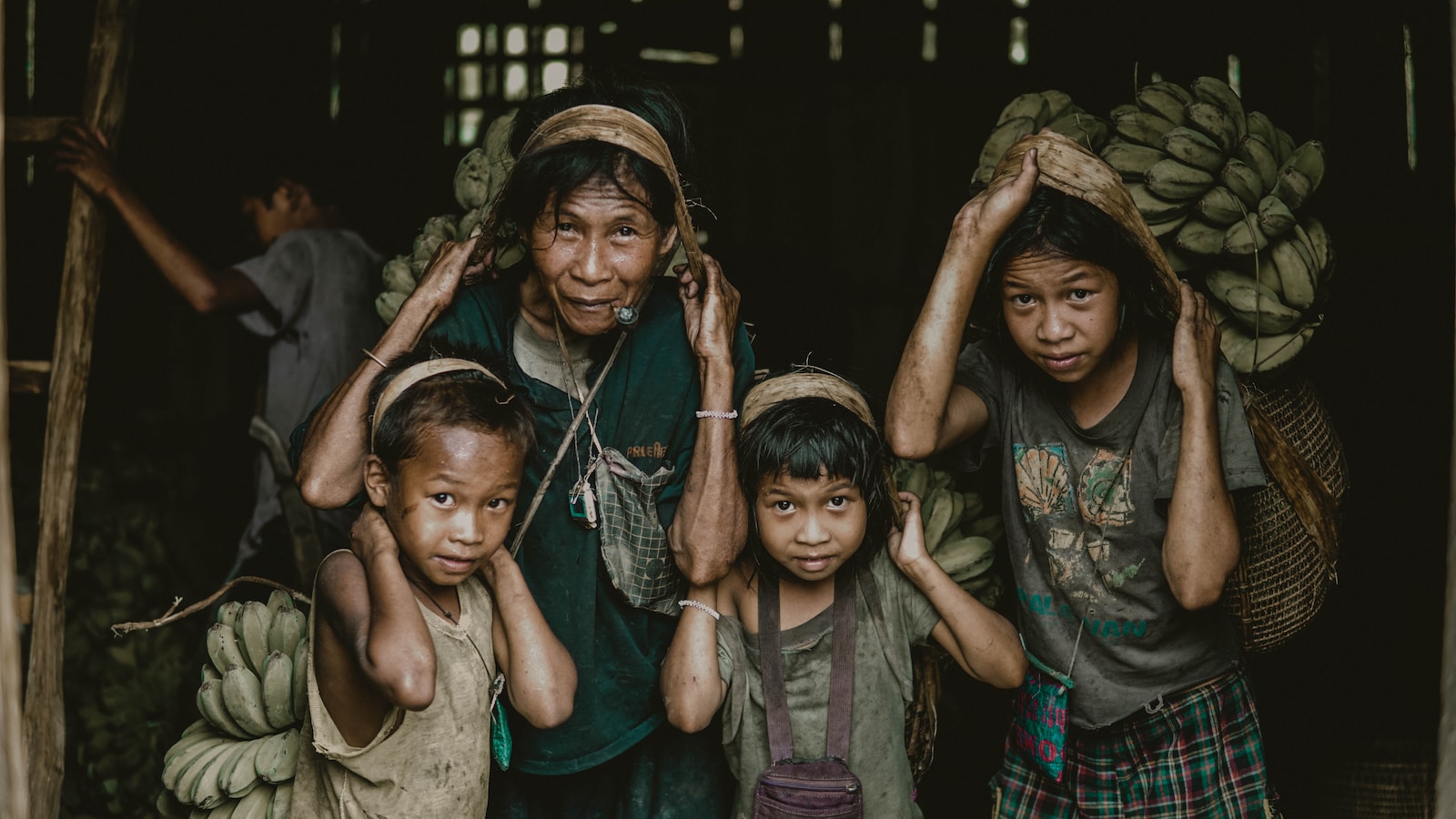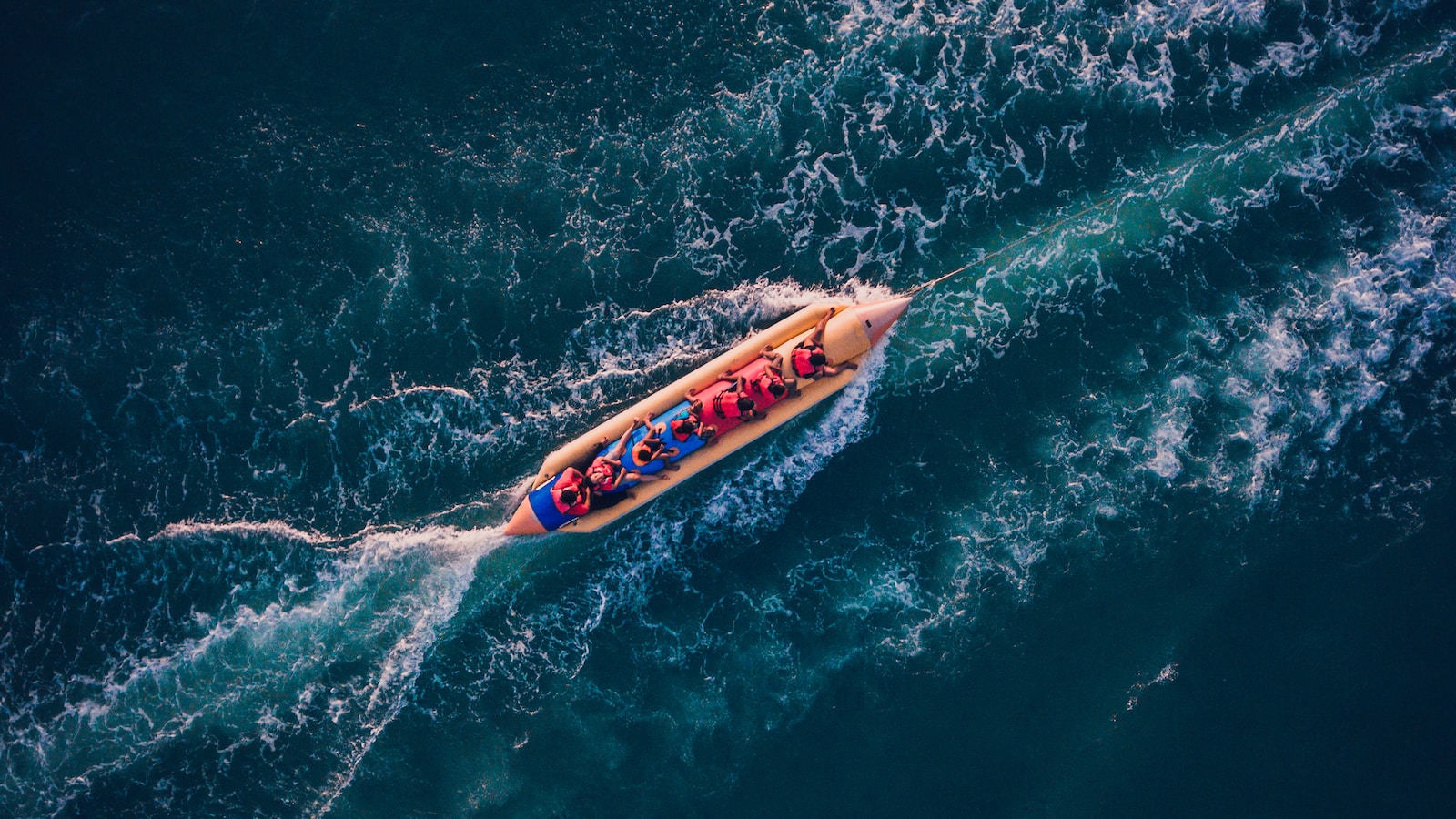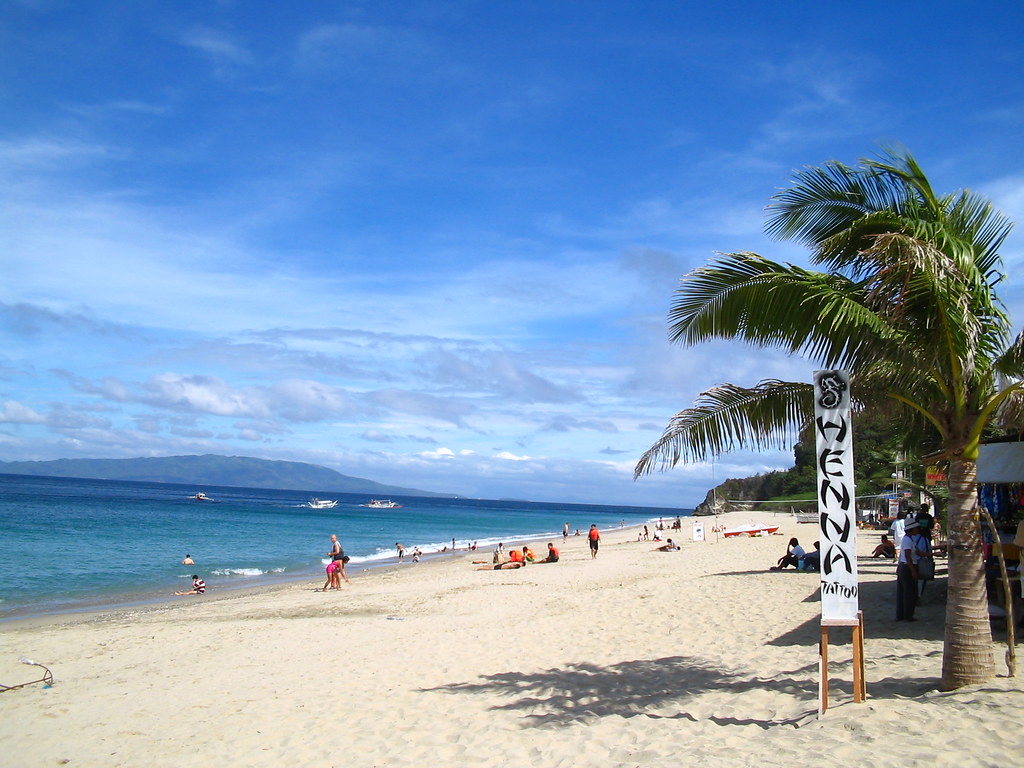Nestled on the northeastern coast of Mindoro Island in the Philippines, Puerto Galera has a rich history that spans many centuries. Known for its exquisite natural beauty and vibrant biodiversity, this coastal town has been designated as a UNESCO Biosphere Reserve. Its unique blend of cultural heritage and ecological significance makes Puerto Galera a fascinating destination for both researchers and tourists alike.
The area’s earliest inhabitants made their mark on the landscape by trading pottery with neighboring islands and establishing protohistoric burial sites. As explorers and traders arrived at the shores of Puerto Galera, the area gained prominence as a strategic international trading post. Throughout its history, Puerto Galera has witnessed the ebb and flow of various cultures and civilizations, reflecting the dynamism of the Philippine island arc.
Today, the living history of Puerto Galera can be witnessed through its vibrant blend of indigenous communities, diverse ecosystems, and enchanting landscapes. With ongoing research and conservation efforts, the unique characteristics that make Puerto Galera a UNESCO Biosphere Reserve will continue to be preserved and celebrated for generations to come.
Geography
Puerto Galera is a coastal town situated on the northeastern tip of Mindoro Island in the Philippines. It is part of the MIMAROPA region, known for its stunning beaches and rich marine biodiversity. The town shares a strategic location, providing easy access to other significant areas such as Batangas and the Verde Island Passage.
The most iconic geographic feature of Puerto Galera is Muelle Bay, a semi-closed body of water that creates a natural harbor for boats and a picturesque setting for tourists. The bay has played a crucial role in Puerto Galera’s history, serving as a haven for ships and seafaring communities throughout the centuries.
Mindoro Island, upon which Puerto Galera is located, is the seventh-largest island in the Philippine archipelago. It is mainly composed of mountainous landscape with some coastal lowlands, making it an attractive destination for adventure-seekers and nature lovers.
In the surrounding area, Batangas, a neighboring province on the island of Luzon, is easily accessible by sea. This proximity has contributed to the growth of Puerto Galera as a popular hub for boaters and tourists alike. The Verde Island Passage, a vital sea route that links the South China Sea and the Sulu Sea, passes through Batangas and Puerto Galera, further highlighting the town’s strategic importance.
Additionally, Abra de Ilog, another port town in the Occidental Mindoro province, is situated across the Verde Island Passage. This location makes Abra de Ilog a significant stopover for ships in the area and further emphasizes Puerto Galera’s connectivity to other coastal regions.
In conclusion, Puerto Galera’s unique geography, including its strategic position within Mindoro Island, Muelle Bay, and its proximity to Batangas and the Verde Island Passage, contribute to the town’s historical and present-day significance as a maritime and tourist destination.
History
Puerto Galera, a coastal town located on the northern shore of Mindoro Island in the Philippines, boasts a rich and fascinating history that is shaped by various cultural and economic influences. Spanish explorers and Chinese traders were among the first to arrive in the area in the 16th century. Puerto Galera served as an essential port for the Spanish galleons, earning the nickname “Port of Galleons.” This strategic location fostered trade and interaction between the local population and other parts of the world.
In the late 16th century, the Spanish explorer Juan de Salcedo led several expeditions to map the Philippine Islands, including Mindoro and nearby areas. He was instrumental in establishing a Spanish presence in the region and played a significant role in subduing the native population. Spanish missionaries and soldiers built numerous forts and churches around the island, which helped grow the economy of Puerto Galera while planting the seeds of Christianity.
Chinese traders also played a vital part in the history of Puerto Galera, establishing active trade routes and exchanging their goods with the locals. The presence of Chinese merchants contributed to the development of the town into an important port not only for Spanish galleons but also for other Asian traders.
Throughout its history, Puerto Galera faced challenges from Moro pirates who frequented its waters, looting and raiding ships, as well as nearby settlements. To defend against these attacks, the Spaniards allocated additional resources to ensure the safety of the port. Fortifications were built to protect the town and its inhabitants against pirate incursions.
As the Spanish colonization came to an end, the American colonial era shaped the political and administrative history of Puerto Galera. In the early 20th century, Puerto Galera underwent administrative changes, eventually becoming a part of the larger Mindoro province. Later on, during World War II, the town, like many parts of the country, experienced occupation by Japanese forces. This tumultuous period affected the economic and social life of Puerto Galera, as the town struggled to recover from the war.
After the war ended, the Philippine Congress took measures to rehabilitate and develop Puerto Galera by recognizing its historical and natural importance. Today, the town is well-known for its stunning beaches and dive sites, as well as being a UNESCO Biosphere Reserve. Although modern Puerto Galera is renowned for its tranquil and picturesque natural beauty, the town remains deeply rooted in its diverse history, shaped by Spanish, Chinese, and Filipino influences.
Culture and Heritage
The history of Puerto Galera is deeply intertwined with its rich culture and heritage. As part of the municipality of Puerto Galera, the area comprises several barangays, which are the basic political units in the Philippines. These barangays are home to a vibrant and diverse community, largely influenced by Spanish rule, indigenous traditions, and local customs.
One prominent aspect of Puerto Galera’s culture is the Mangyan Village, a living heritage site preserving the customs and traditions of the indigenous Mangyan people. The Mangyan people have a long history of subsistence agriculture, relying primarily on rice cultivation to sustain the community. Their agricultural practices, which include traditional techniques of farming, have been passed down for generations as an essential aspect of their way of life.
During the Spanish rule, Puerto Galera’s strategic location led to the development of Muelle Port, which played a major role in the area’s progress. The Spanish influence is still evident today through the enduring presence of colonial-era structures, which offer a glimpse into the area’s historical past.
In March, the municipality of Puerto Galera comes alive with vibrant celebrations as locals and visitors alike partake in various cultural festivities. These events showcase the area’s heritage, immortalizing the essence of Puerto Galera through a blend of traditional dance, music, and artistic expressions.
In conclusion, the culture and heritage of Puerto Galera embody a rich tapestry of history, diversity, and tradition that reflects the resilience and adaptability of its people. Through their agricultural practices, indigenous communities, and the influences of Spanish rule, the residents of Puerto Galera continue to uphold a legacy that is deeply rooted in their way of life.
Natural Attractions
Puerto Galera, a coastal town in the Philippines, is known for its stunning natural beauty. Among its most popular attractions are the beautiful beaches, pristine waterfalls, and picturesque mountains.
The town boasts numerous beautiful beaches that cater to different types of visitors. White Beach, for instance, is a favorite destination for both locals and tourists alike. Its white sands and clear blue waters create an idyllic setting for relaxation and leisure activities. Another popular beach, Sabang Beach, is a haven for divers, thanks to its vibrant underwater ecosystem and proximity to dive spots.
Aside from the beaches, Puerto Galera is also home to breathtaking waterfalls. Tamaraw Falls, one of the most visited sites in the area, is an awe-inspiring 423-foot waterfall cascading down a series of rock formations. The falls provide a stunning backdrop for picnics, photography, and simply admiring the natural beauty. A short hike from White Beach leads to Aninuan Falls, a three-tiered cascade nestled within the lush greenery of the jungle. Additionally, Talipanan Falls offers a more secluded experience, as the waterfall is hidden within the forest and requires a trek through rich vegetation.
The surrounding mountains offer yet another captivating aspect of Puerto Galera’s natural attractions. The verdant peaks provide a stunning contrast to the town’s coastal setting, while also offering opportunities for hiking and trekking. Trails meander through the mountains, allowing adventurers to explore the area and witness panoramic vistas of the ocean and nearby islands.
In conclusion, Puerto Galera is a veritable treasure trove of natural attractions. From the beautiful beaches, such as White Beach and Sabang Beach, to the mesmerizing waterfalls, including Tamaraw Falls, Aninuan Falls, and Talipanan Falls, and the majestic mountains, the town is a must-visit destination for nature enthusiasts and those seeking an escape to immerse themselves in the natural beauty that the Philippines is famous for.
Marine Life and Dive Sites
Puerto Galera is a popular destination for tourists and divers due to its abundant marine life and remarkable dive sites. The area is home to a diverse range of corals, fish, and other marine organisms, making it a haven for scuba divers and snorkelers alike.
The coral reefs in Puerto Galera are teeming with life, offering a vibrant underwater landscape that attracts divers from all over the world. The coral gardens in Puerto Galera are known for their unique and colorful formations, providing an ideal habitat for an array of marine species.
Scuba diving and snorkeling enthusiasts can explore several renowned dive sites in the area, which cater to varying skill levels. Some of these sites offer excellent visibility, allowing divers to easily observe the diverse sea life that thrives in the coral reefs. From schools of fish swimming about to giant clams nestled in their natural habitat, the underwater world of Puerto Galera does not disappoint.
Additionally, conservation efforts have been made in nearby locations, such as Pandan Island in Puerto Princesa City, to ensure the protection and restoration of marine life. Such initiatives have contributed to the preservation of the region’s pristine conditions, allowing future generations to enjoy the natural beauty of Puerto Galera’s marine ecosystem.
In conclusion, Puerto Galera’s marine life and dive sites continue to be a major attraction for scuba divers and snorkelers worldwide. The area’s vibrant coral reefs and diverse underwater inhabitants offer a unique and unforgettable experience for those who venture beneath the surface.
Beaches and Resorts
Puerto Galera is a coastal town known for its stunning beaches and variety of resorts that cater to tourists from all over the world. With numerous options to choose from, visitors can find the perfect spot to enjoy their time on the island.
One of the most popular beaches in Puerto Galera is Sabang Beach. Known for its bustling nightlife and range of hotels, this lively beach is a favorite among tourists looking for excitement and vibrant energy. Visitors can find accommodations right on the beachfront, allowing for easy access to both the sand and surf.
Another inviting option is Bayanan Beach. Offering a more tranquil experience, this beach is ideal for travelers who seek seclusion and relaxation. The white sands and crystal-clear waters create an idyllic setting for unwinding and enjoying the natural beauty of Puerto Galera.
Big Lalaguna Beach is another noteworthy destination, boasting fantastic snorkeling and diving opportunities. The underwater landscapes teeming with vibrant marine life make this beach a favorite among scuba enthusiasts and nature lovers.
For those who desire a more authentic experience, Aninuan Beach offers an intimate setting with a local charm. This beach is home to a few resorts, allowing visitors to fully immerse themselves in the island’s culture.
Talipanan Beach is yet another beautiful spot to explore, offering a balance of serenity and activity. This beach features a variety of water sports, such as kayaking, sailing, and jet skiing, for visitors who enjoy a thrilling experience alongside their relaxation.
Lastly, Haligi Beach and Long Beach offer picturesque settings for visitors to soak up the sun, swim in the refreshing waters, or simply stroll along the shoreline. Both beaches are home to a variety of accommodations, from cozy inns to luxurious resorts, catering to travelers with differing preferences and budgets.
In summary, the beaches and resorts of Puerto Galera cater to a diverse range of tastes and budgets. From the bustling atmosphere of Sabang Beach to the serene setting of Bayanan Beach, there is a perfect destination for every visitor who wishes to experience the beauty and allure of this enchanting island. With the range of accommodations and activities available, a trip to Puerto Galera promises to be a memorable experience for all who visit.
Tourism and Activities
Puerto Galera, located just a few hours away from Manila, has been a popular tourism destination for both local and international tourists. The town offers a wide variety of attractions and activities for visitors to enjoy, making it an ideal destination for those seeking adventure, relaxation, or simply a scenic escape.
A primary draw for tourists visiting Puerto Galera is its beautiful natural surroundings. The area is designated as a Man and Biosphere Reserve by UNESCO, showcasing its rich biodiversity and unique ecosystems. One of the highlights of Puerto Galera is its stunning bay, recognized as one of the most beautiful bays in the world. The pristine waters offer countless opportunities for water sports enthusiasts and casual swimmers alike.
For those interested in water-based activities, Puerto Galera offers an array of options. Water sports such as scuba diving, snorkeling, and kayaking are not only enjoyable but also allow tourists to explore the magnificent underwater world of colorful coral reefs and a diverse array of marine life. In addition, there are numerous boat tours available, providing visitors with the chance to discover hidden beaches, secret coves, and captivating sea views while enjoying the picturesque harbor.
Nature lovers will also find plenty to do in Puerto Galera. The area boasts lush green landscapes and abundant wildlife, perfect for enthusiasts wanting to hike or trek through the rainforests. Exploring the local natural attractions allows tourists to experience the beauty of Puerto Galera’s exotic flora and fauna, including a chance to visit thetaina Man and Biosphere Reserve for a closer look at the region’s unique species and ecosystems.
In summary, Puerto Galera offers an impressive array of tourism activities and attractions for visitors to immerse themselves in. From water sports and boat tours to nature exploration and simply enjoying the stunning bay, tourists will find plenty to see and do during their time in this enchanting destination.
Food and Entertainment
Puerto Galera has undergone significant changes in its food and entertainment scene over the years. With an influx of tourists, the town has adapted, offering a variety of restaurants, bars, and beachside shops to cater to different tastes and preferences.
The food culture in Puerto Galera reflects its rich history and diverse influences. With seafood playing a prominent role in the local cuisine, one can find traditional Filipino dishes like grilled fish and squid, alongside international favorites like pizza and burgers. Numerous restaurants offer a wide range of options, from cozy family-run eateries to upscale dining that caters to those seeking a more sophisticated experience. The town is also host to several beachside bars and cafés where visitors can enjoy cocktails, cold beer, or a freshly brewed cup of coffee while taking in the stunning ocean views.
In addition to the diverse array of dining options, Puerto Galera also boasts an exciting nightlife scene. With bars, pubs, and nightclubs scattered throughout the town, visitors can enjoy live music performances, karaoke, or simply soak in the vibrant ambiance. Many of these establishments are located along the beachfront, providing stunning views of the ocean and a fun, casual atmosphere.
Shopping in Puerto Galera is centered around the beachfront area, with a multitude of small shops and stalls offering a variety of keepsakes and souvenirs. Handmade crafts, clothing, and locally made treats like dried fruit or preserved fish are popular items for tourists to bring home. Additionally, Puerto Galera is known for its pearl production, and shoppers can find beautiful pearl jewelry at several boutiques in the area.
In conclusion, Puerto Galera offers a diverse and exciting food and entertainment landscape, which has evolved over time to cater to the needs of both locals and tourists. The town provides a unique blend of traditional Filipino culture alongside modern influences, ensuring that there is something for everyone. Overall, Puerto Galera’s food and entertainment offerings contribute to its unsurpassed charm and allure.
Transportation
The history of transportation in Puerto Galera has predominantly revolved around its water-based infrastructure. Due to its strategic location on the northern coast of the island of Mindoro and its numerous fringing reefs, the area has played an essential role in the maritime and trade networks throughout the centuries.
One common mode of transport in Puerto Galera is the ferry service that connects the town with other prominent destinations, such as Batangas and Calapan. These sea routes have significantly contributed to the growth and development of both economic and cultural exchanges between the neighboring islands. The ferry systems primarily consist of faster boats for shorter distances and more extensive, slow-moving vessels for longer connections, ensuring that diverse needs of passengers are catered for.
Another method of water-based transport in Puerto Galera is the use of smaller, traditional boats known as bancas. These vessels have a rich history as they have been used by local communities for centuries to navigate the vast coastal waters in the region. Bancas continue to serve essential purposes in fishing, commerce, and tourism, connecting smaller destinations within and around Puerto Galera.
In more recent times, the availability and accessibility of transportation services have improved drastically. Substantial developments in infrastructure, mainly through the construction of roads that lead to and from Puerto Galera, have further enhanced the connectivity within the region. For instance, modern road systems now link the town with other municipalities on the island, such as San Teodoro, enabling the efficient transport of crops and goods, as well as tourists and local travelers alike1.
In conclusion, transportation in Puerto Galera has primarily relied on its maritime infrastructure throughout history. With the integration of more modern road systems and the continuous improvement of ferry services, the town’s overall connectivity and accessibility for both locals and visitors continue to be enhanced.
Footnotes
Economy and Local Industry
The economy of Puerto Galera is mainly dependent on its local industry, which includes fishing, trading, and a growing service sector, primarily catering to tourism. As a coastal town located in Oriental Mindoro, Philippines, it has a vibrant fishing industry that has been a traditional source of income for the local population. Fishing sustains not only the town’s residents but also contributes to the overall economy of the region.
Apart from fishing, the town benefits greatly from its strategic location on the island, making trading an essential part of its economy. Puerto Galera has historically served as a hub for trade routes, facilitating the exchange of goods and services among nearby islands and the mainland. This trading activity has significantly contributed to the economic growth and development of the area.
In recent years, the service sector has become an increasingly important aspect of Puerto Galera’s economy. This shift is primarily due to the influx of tourists attracted by its pristine beaches, lush forests, and rich marine biodiversity. As a result, the establishment and growth of businesses catering to these visitors, such as hotels, restaurants, and tour operators, have bolstered the economy and created additional revenue streams for the town.
With an increasing number of tourists, the town has made efforts to develop sustainable tourism practices, ensuring that these new economic opportunities do not come at the expense of the environment. For example, the local government has implemented community-based mangrove forest management, which helps preserve the area’s delicate ecosystem while providing alternative livelihood opportunities for the local population.
In conclusion, Puerto Galera’s economy and local industry are strongly influenced by its geographic location and natural resources. Fishing, trading, and the service sector, driven by the growing tourism industry, collectively contribute to its economic growth and well-being.
Flora and Fauna
Puerto Galera is home to a remarkable array of flora and fauna. Due to its unique geographical location, this tropical paradise boasts diverse ecosystems that contribute to its rich biodiversity.
One of the most iconic species found in Puerto Galera is the tamaraw (Bubalus mindorensis), which is endemic to the island of Mindoro. This dwarf buffalo is considered critically endangered, with its population dwindling because of habitat loss, hunting, and competition with other animals, such as domestic cattle. Efforts are being made to conserve the tamaraw and its habitat, the dense Mindoro forests.
The region also supports hundreds of bird species, many of which are endemic to the Philippines. Some notable Philippine bird species in Puerto Galera include the Mindoro hornbill (Penelopides mindorensis), the Mindoro bleeding-heart (Gallicolumba platenae), and the Mindoro imperial pigeon (Ducula mindorensis). These birds contribute to the area’s vibrant and distinct avian landscape.
The wildlife in Puerto Galera goes beyond the tamaraw and birds. Numerous endemic and threatened mammals, reptiles, and amphibians also inhabit the region. Examples of such unique wildlife include the Mindoro stripe-faced fruit bat (Styloctenium mindorensis), Gray’s monitor lizard (Varanus olivaceus), and the Mindoro narrow-mouthed frog (Kaloula kokacii). These species further demonstrate the extraordinary diversity of fauna in the area.
Meanwhile, the flora in Puerto Galera is just as diverse as its fauna. The dense forests and lush vegetation provide vital habitat for various plant species, some of which are endemic to the Philippines. One can find numerous species of orchids and ferns, as well as large hardwood trees like dipterocarps and molave. Additionally, many medicinal plants thrive in the region, offering a unique perspective on the traditional uses of the area’s rich vegetation.
In summary, the flora and fauna in Puerto Galera are the region’s crowning jewels. The unique and diverse ecosystems found here give way to a rich biodiversity that is not only visually captivating but also plays a crucial role in sustaining the delicate balance of nature in this island paradise.
Regional Subdivisions
Puerto Galera, located in Oriental Mindoro, is composed of several regional subdivisions that contribute to its rich history and cultural significance. The town is bordered by the municipalities of San Teodoro to the north and the province’s capital, Calapan, to the south.
In the past, Puerto Galera served as a primary trading post and safe harbor for sea vessels due to its ideal geographical location. Today, this coastal town is known for its beautiful beaches, vibrant marine life, and well-preserved natural landscapes.
The regional subdivisions of Puerto Galera have developed unique characteristics and traditions over time. These subdivisions include barangays, which are the smallest local government units in the Philippines. Each barangay has its distinct features and history that contribute to the overall identity of Puerto Galera.
Some notable barangays in Puerto Galera are:
- Sabang: A popular tourist destination, Sabang is known for its pristine white beaches and lively nightlife. It is also a hub for scuba diving activities, drawing enthusiasts from around the world.
- White Beach: Another famous tourist spot, White Beach offers a more serene atmosphere than Sabang. Here, visitors can enjoy the clear waters, fine sands, and cozy accommodations.
- Poblacion: As the town center, Poblacion is home to numerous historical landmarks and local government institutions that exemplify Puerto Galera’s rich past and progressive present.
The municipality of San Teodoro, bordering Puerto Galera to the north, has a shared history with its neighboring town. Known for its unspoiled natural attractions, such as Tukuran Falls and Bulalacao Beach, San Teodoro’s heritage is deeply rooted in local folklore and agricultural traditions.
In conclusion, the regional subdivisions of Puerto Galera, as well as its neighboring municipalities, add to the area’s historical, cultural, and natural appeal. Visitors gain a comprehensive understanding of the town’s identity by exploring these subdivisions and immersing themselves in the diverse experiences they offer.
Language and Demographics
In Puerto Galera, a diverse range of languages can be observed due to its rich history and cultural influences. Among the languages spoken by the inhabitants, Tagalog remains the most prominent. As the official language of the Philippines, it plays a significant role in the daily interactions and communication of the locals.
Alongside Tagalog, English is also widely spoken in the area. With Puerto Galera being a popular tourist destination, English serves as a common language for both locals and foreign tourists to communicate. The Philippines’ history of being under American rule and the present influence of Western culture have also contributed to the prevalence of English in the region. This fluency in both Tagalog and English makes it easy for visitors to navigate and interact with the inhabitants.
The demographics of Puerto Galera reflect its multi-cultural nature. While a majority of the population consist of native Filipinos, there is also a minority of foreign residents who have settled in the area. Furthermore, the steady influx of tourists throughout the year adds to the diverse mix of people. This diverse demographic is reflected not only in the languages spoken but also in the various cultural practices and traditions that can be observed within the community.
Handling both language and demographic aspects efficiently, Puerto Galera stands out as a vibrant and welcoming destination offering an authentic taste of Filipino culture and hospitality.

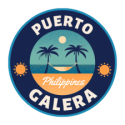
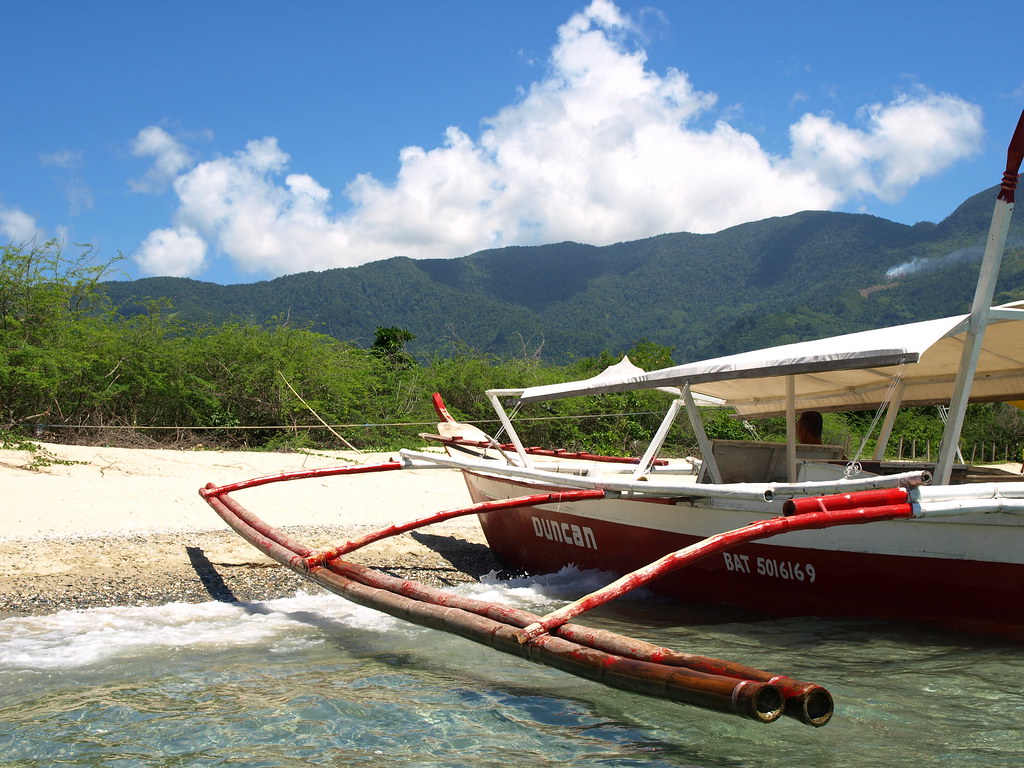
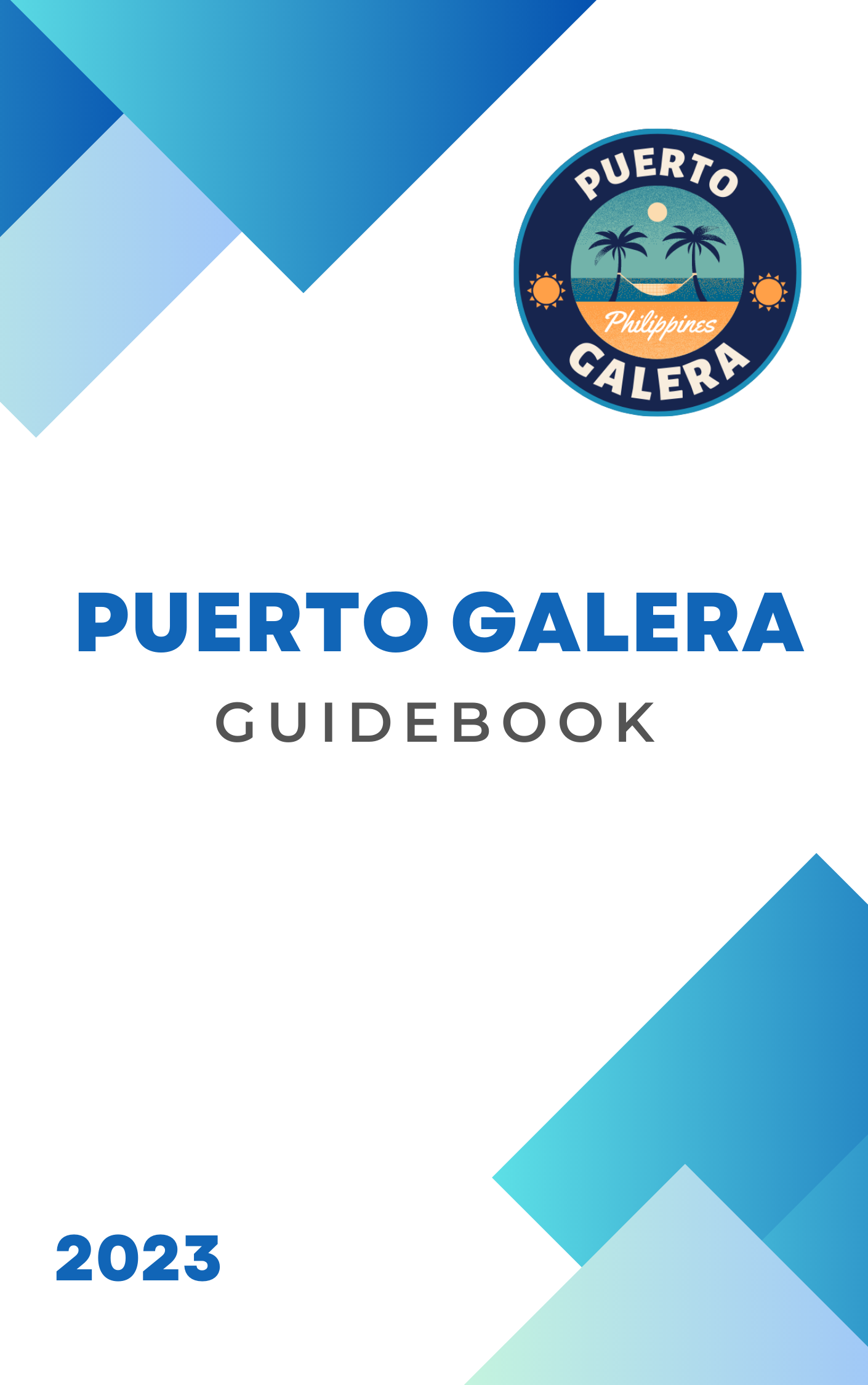
![Isora Resort [Review]](https://www.puertogalera.ph/wp-content/uploads/2023/07/d7m5xramf8g.jpg)
